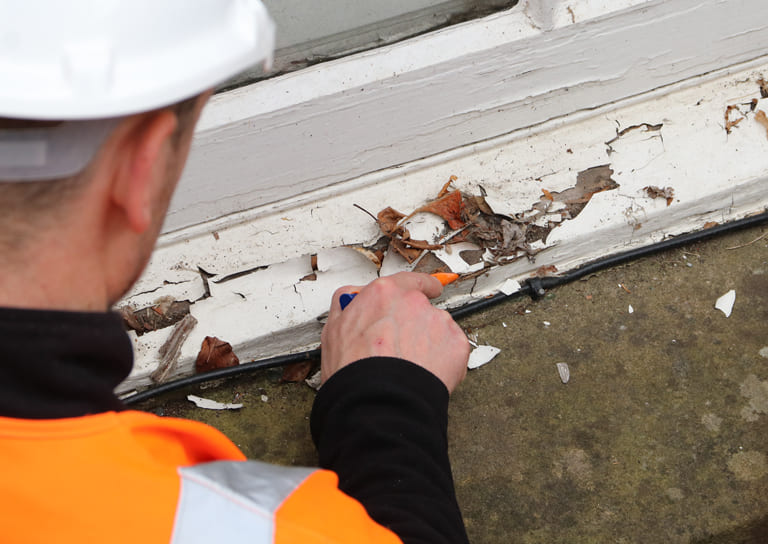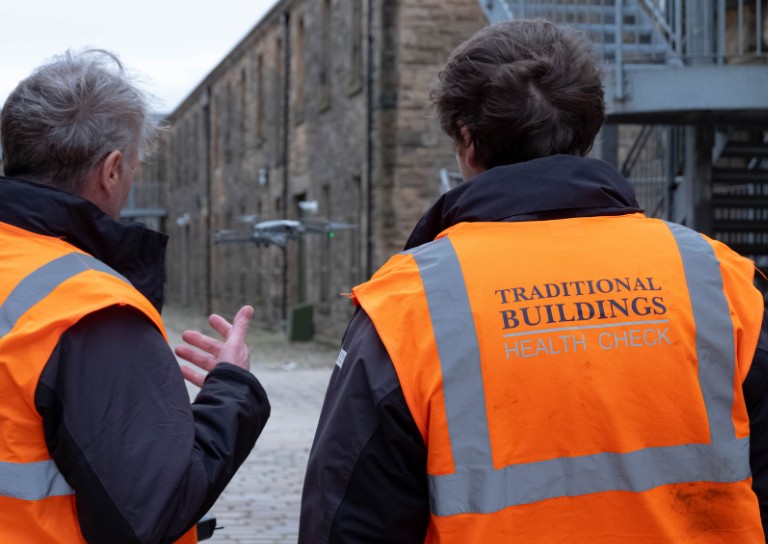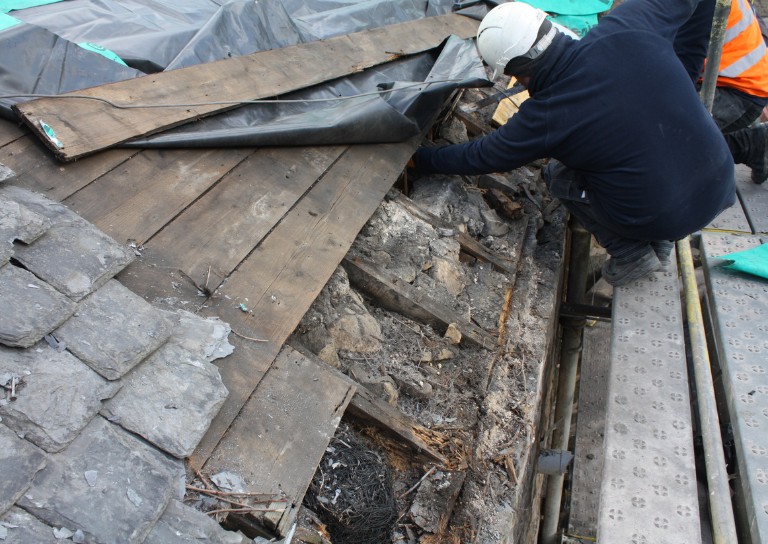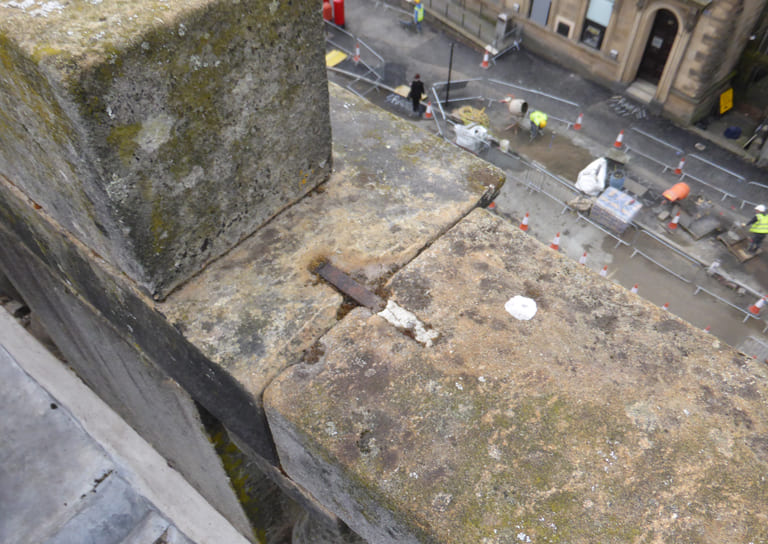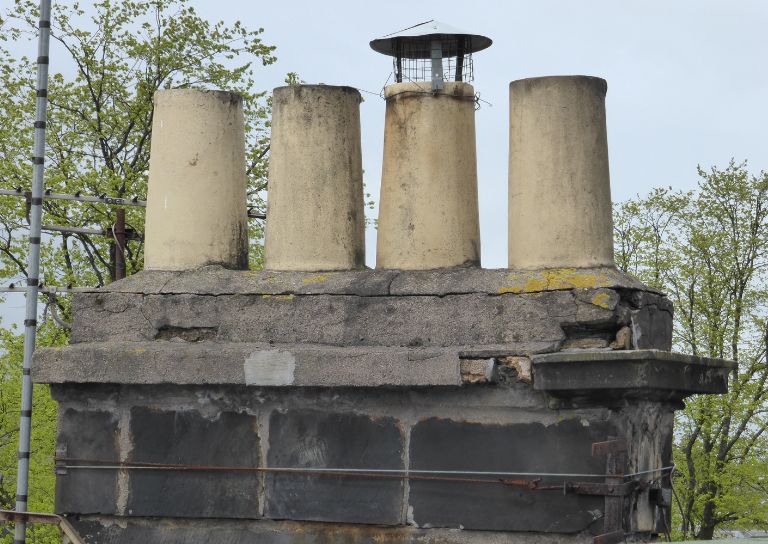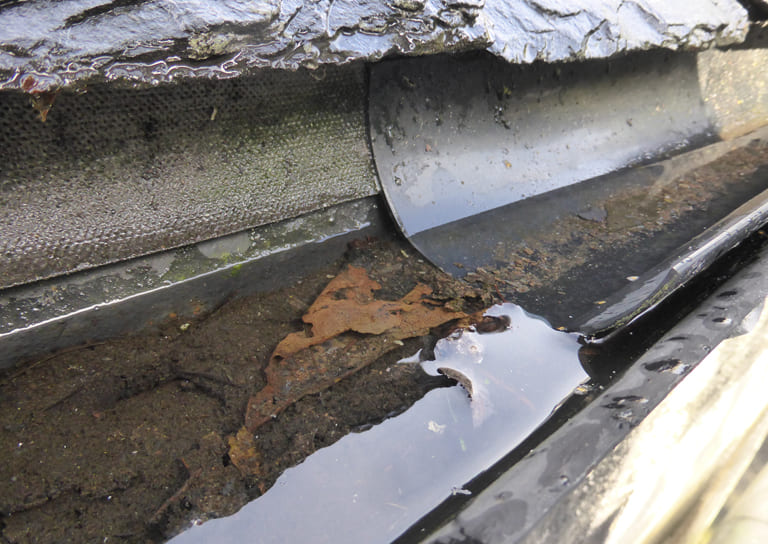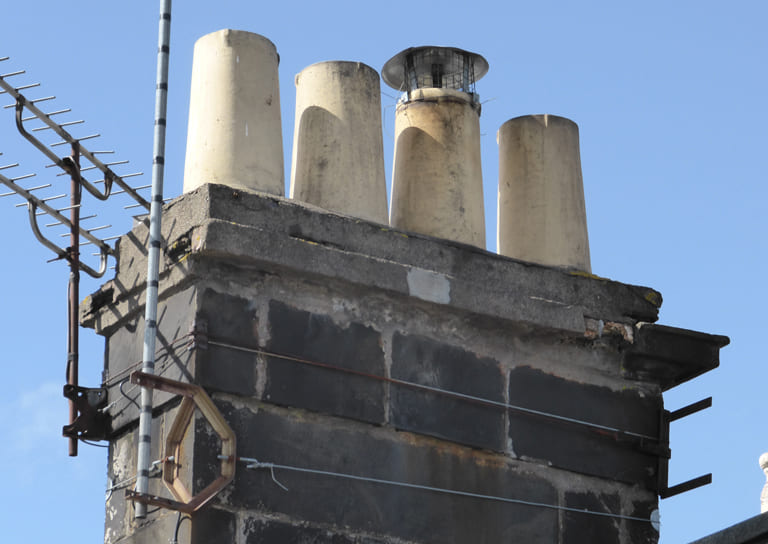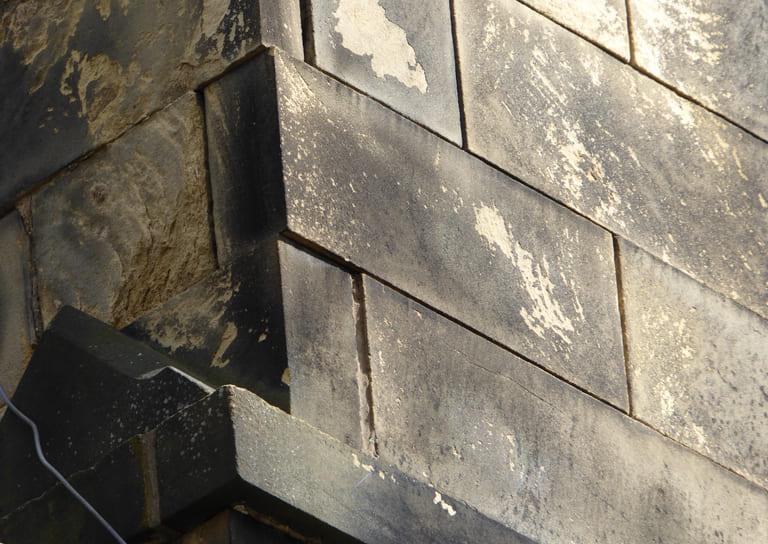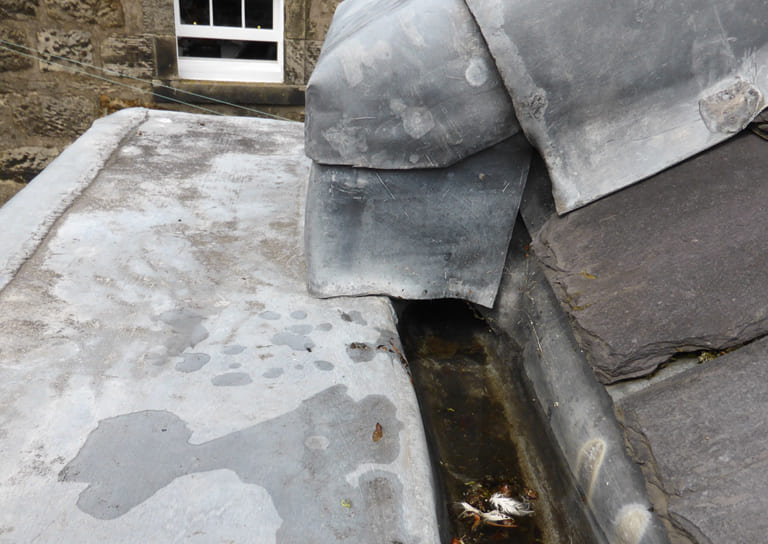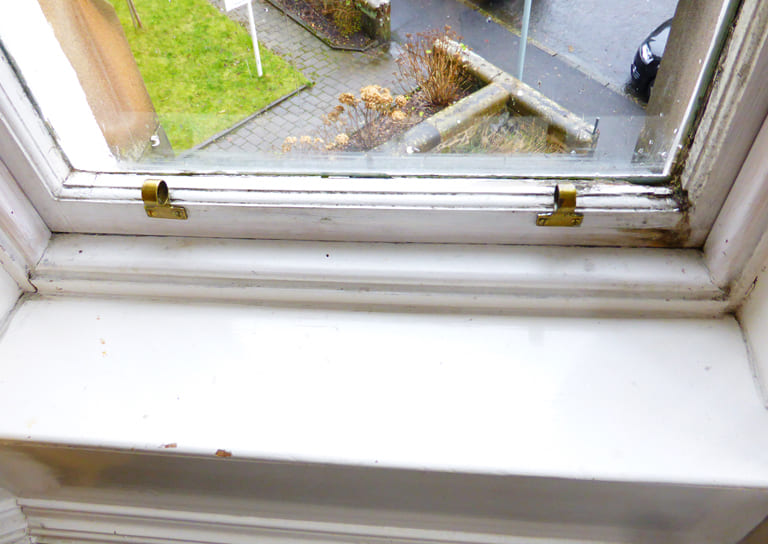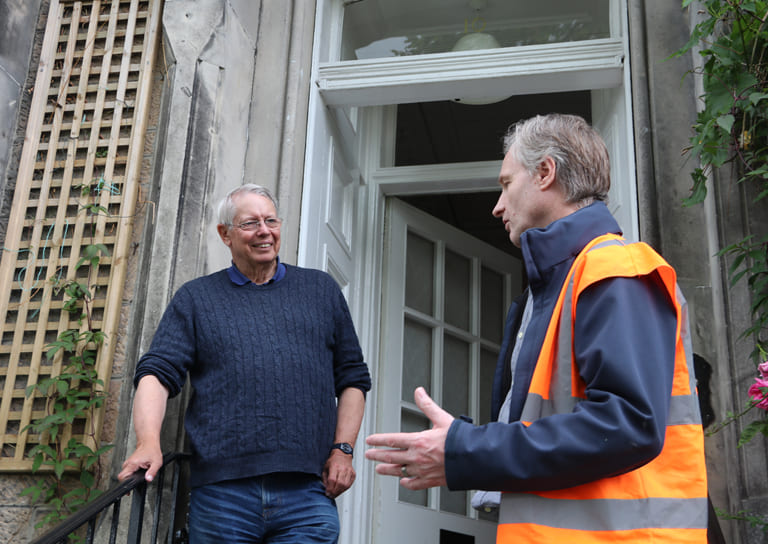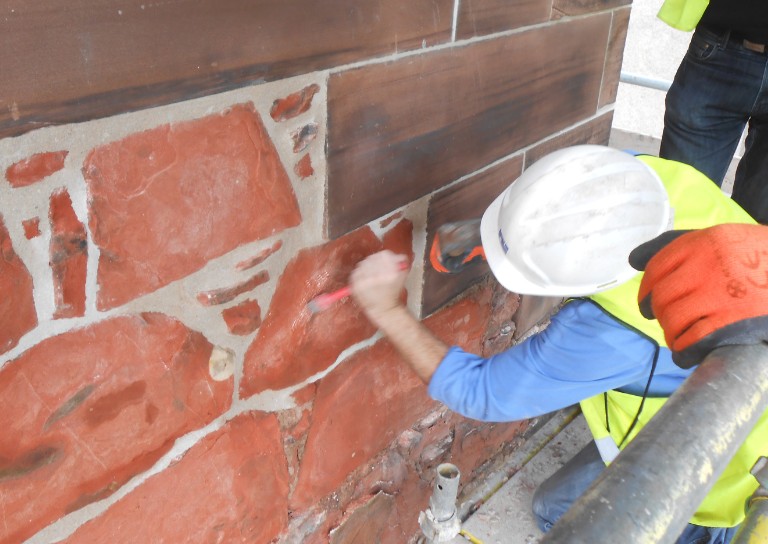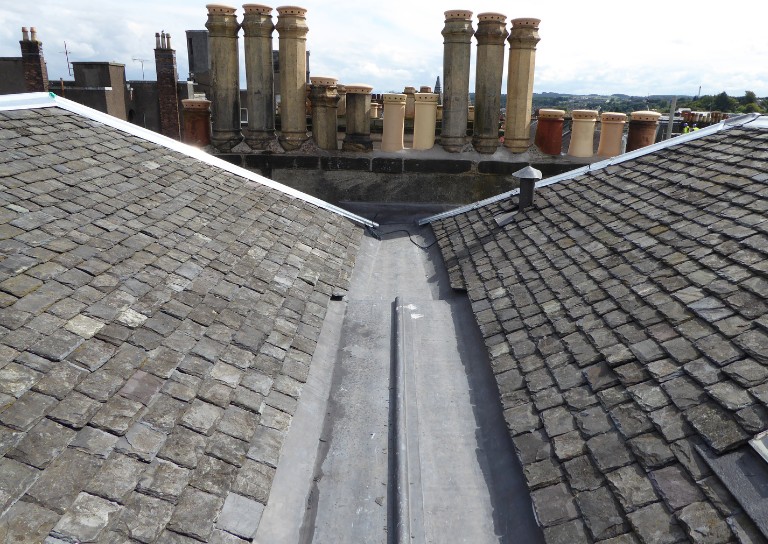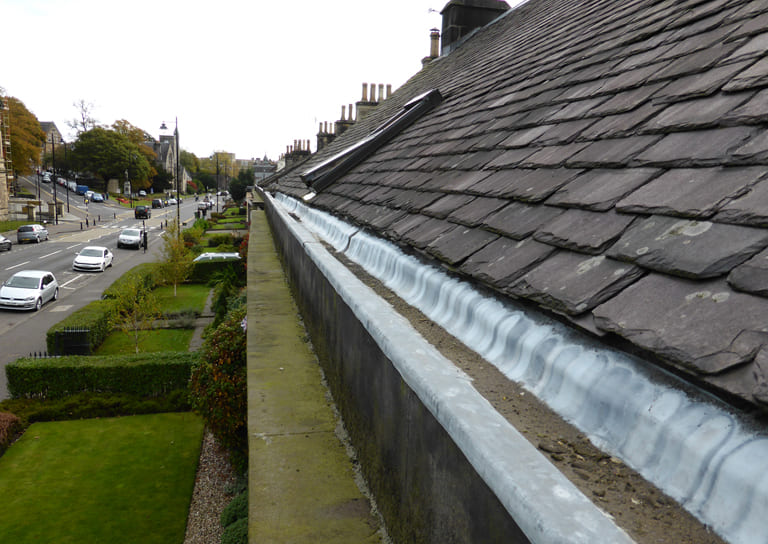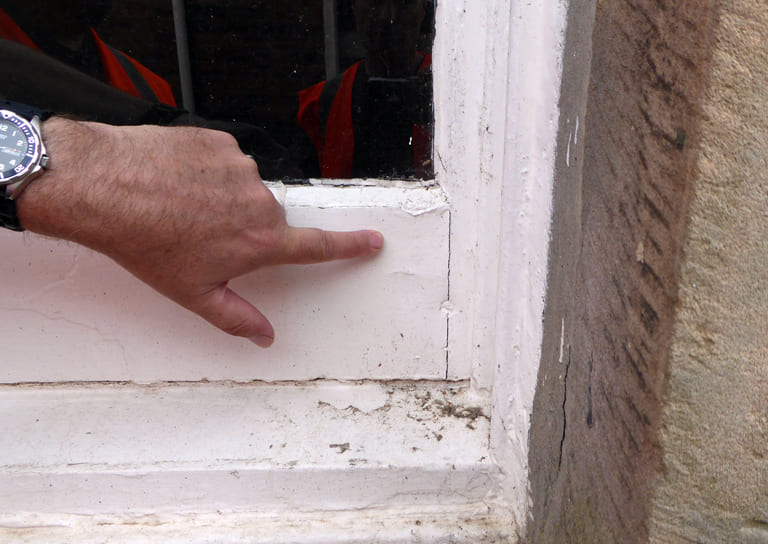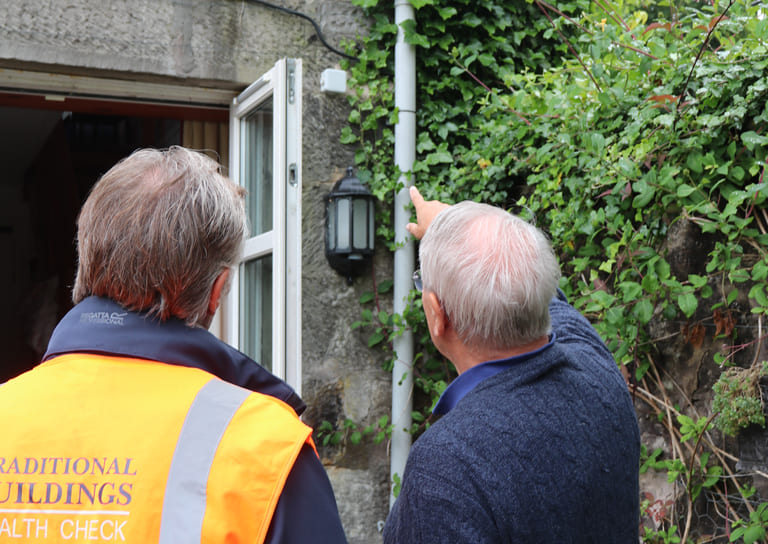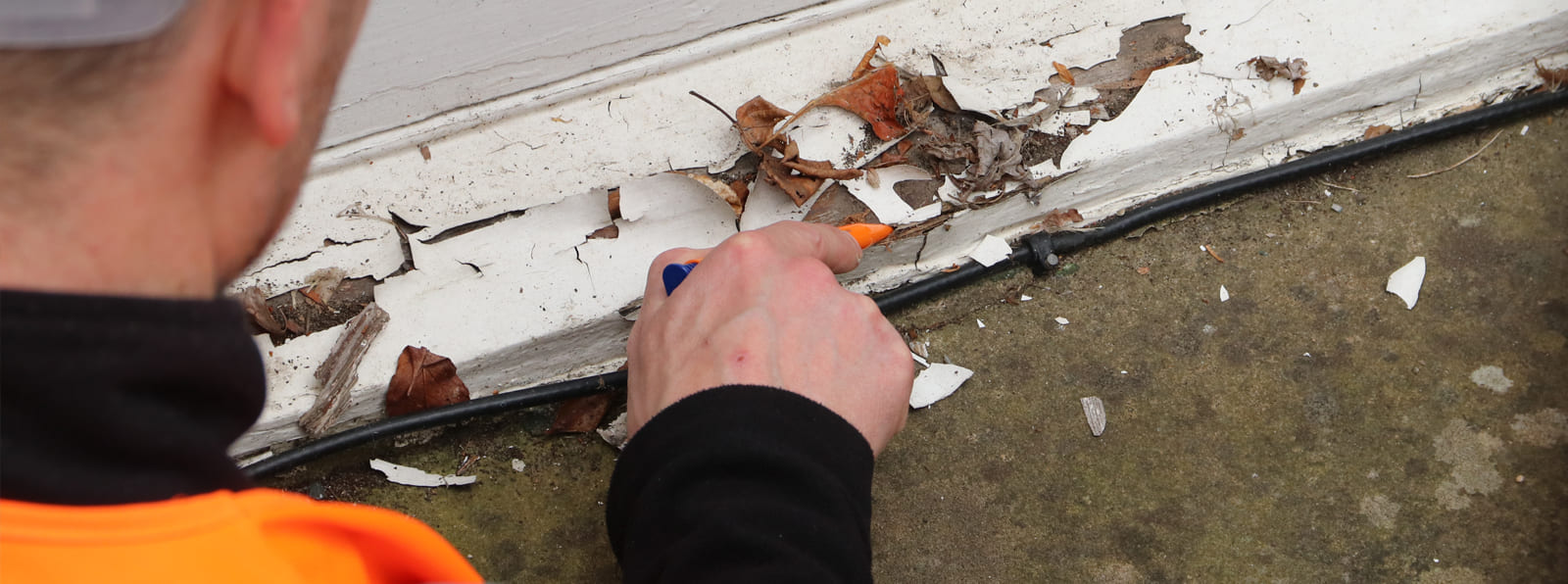Planning Work
Defects to traditional buildings should be repaired as soon as possible. Neglecting to carry out work or doing a simple quick fix could cause further damage to the fabric of the building. While the process of completing repairs to a high standard can be daunting, there are a number of steps that can be taken to ensure work is carried out appropriately.
1. Identify the work
The works highlighted as Priority 1 and 2 are the starting point for deciding what to do. For small works, a Schedule of Small Works is useful and this can be prepared by SCHT or by a competent building owner. For larger or complex works, it is likely that an architect or surveyor will be needed to write the schedule of work and specification and then obtain quotations and inspect the works on site.
2. Understand the work
Historic Environment Scotland produce a series of Inform Guides that contain easily understood information on many aspects of traditional buildings and materials which can be accessed for free online:
https://www.engineshed.org/publications/ [select refine search: Inform Guides]
Familiarity with these guides should provide enough information to be able to ask a contractor or building professional the right questions.
3. Are Statutory Consents Needed?
A property may be listed and / or sit within a Conservation Area (refer to Section 2.0. of your Condition Report).
Owning a Listed Building means that any changes which may affect the building’s character, appearance or how it performs may require Listed Building Consent. This could include some types of repair, replacement or reinstatement works.
For buildings located within a Conservation Area, any changes which may affect the building’s appearance (including repairs that involve replacement materials or elements) may require Planning Consent. Demolition of a building, part of a building or other structure in a Conservation Area will require Conservation Area Consent.
Find out more about Listed Buildings and Conservation Areas
Contact Stirling Council Planning Department for more information and advice.
Further information on listed buildings is available on Historic Environment Scotland’s website- www.historicenvironment.scot/
Anyone working on traditional buildings should have relevant experience. Knowledge of traditional methods and materials is invaluable in ensuring that repairs have a long life – and that so too does the fabric of your property. There is advice below to assist you in finding a contractor and building professional.
4. Working with your neighbours
For owners of flatted or sub-divided buildings, it is important to understand who is responsible for the repairs and what their share of the costs will be. The rules are typically laid out in the Title Deeds for a property but if not, the Tenement (Scotland) Act 2004 should be referred to.
The Under One Roof website also have very useful information.
Find out more about carrying out working in multi-occupancy buildings
Your responsibilities
Whatever the size of your traditional building repair and maintenance project, as a property owner the decisions you make have an impact on the health, safety and welfare of workers and others affected by the work.
- Discover safety regulations you need to be aware of
- Learn whether you're a domestic or commercial client
- Find out your main duties as a property owner
1. Health and safety on building projects
Virtually everyone involved in a construction project has legal duties under Construction (Design and Management) Regulations 2015 (CDM 2015). CDM places the responsibility for managing health & safety of a construction project on three main duty holders: The Client, The Principal Designer and The Principal Contractor. CDM 2015 recognises two types of client: domestic clients and commercial clients.
Note that CDM 2015 regulations apply if the work is carried out by someone else on the domestic client’s behalf. If the householder carries out the work themselves, it is classed as DIY and CDM 2015 does not apply. The Health & Safety Executive provide guidance to help you understand your responsibilities on building projects.
2. Who is a domestic client for building projects?
Domestic clients have construction work carried out for them but not in connection with any business e.g. usually work done on their own home or the home of a family member.
Main duties – What you need to do
CDM 2015 does not require domestic clients to carry out client duties as these normally pass to other duty holders working on the building:
- To the Contractor for single contractor projects
- To the Principal Contractor for projects with more than one building contractor
However, the domestic client can instead choose to have a written agreement with the Principal Designer to carry out the client duties. This flowchart shows the transfer of client duties from a domestic client to other duty holders.
Local authorities, housing associations, charities, landlords and other businesses may own domestic properties but they are not a domestic client for the purposes of CDM 2015.
Guidance on what a domestic client needs to do to carry out their duties under CDM 2015 is available on the Health and Safety Executive website and this Construction Industry Training Board guide (PDF) (Section 6 and Annex D).
3. Who is a commercial client for building projects?
Commercial clients have construction work carried out as part of their business. This could be an individual, partnership or company and includes property developers and companies managing domestic properties.
Note that commercial clients include local authorities, housing associations or other landlords who own domestic properties.
Main duties – What you need to do
CDM 2015 regulations require commercial clients to make suitable arrangements for managing a project, including making sure:
- other duty holders are appointed as appropriate
- sufficient time and resources are allocated
- relevant information is prepared and provided to other duty holders
- the Principal Designer and Principal Contractor carry out their duties
- welfare facilities are provided
You can find further guidance on what a commercial client needs to do to under CDM 2015 on the Health and Safety Executive website.
4. The Construction Phase plan
Under CDM 2015 regulations a construction phase plan is required for every construction project. Small scale routine building works are not exempted. For example:
The construction phase plan should be prepared by the contractor, or principal contractor if more than one contractor is working on the project, and does not need to be complicated.
The plan should be:
- proportionate to the size and nature of the work, and the risks involved
- workable and realistic
- sufficiently developed to allow work to start on site
- regularly reviewed and added to as new trades start
- As the client you may want to ask if the Construction Phase Plan has been produced.
The Health & Safety Executive has produced guidance and a useful template for contractors undertaking small scale projects – www.hse.gov.uk/pubns/cis80.pdf

